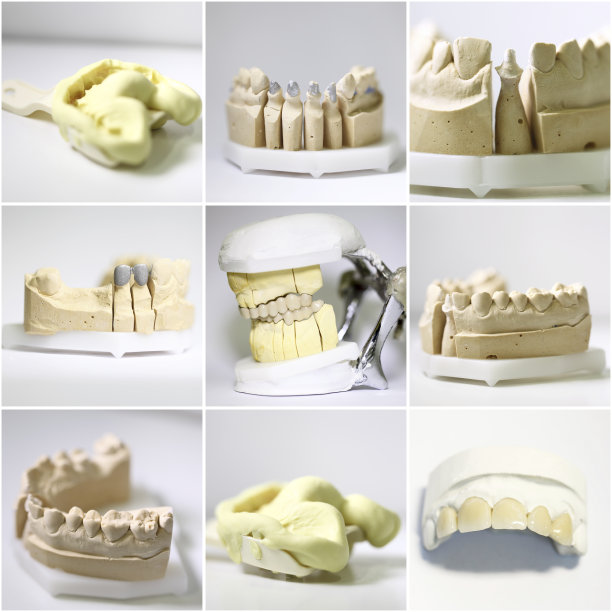The Importance of Proper Aftercare and Recovery Following a Tooth Extraction Procedure
Summary: Tooth extraction is a common dental procedure that can be necessary for various reasons, including decay or overcrowding. However, proper aftercare and recovery are critical for ensuring a smooth healing process and preventing complications. This article delves into the importance of proper aftercare by exploring key aspects such as pain management, infection prevention, dietary considerations, and follow-up appointments. By understanding and implementing these aftercare strategies, patients can facilitate effective healing and minimize discomfort, ultimately leading to a successful recovery.
1. Effective Pain Management After Extraction

One of the primary concerns for patients following a tooth extraction is managing pain. Pain is a natural response to tissue damage during the procedure, and it can vary significantly among individuals. Patients should discuss pain management strategies with their dentist before the extraction, including prescribed medications and dosages. Over-the-counter analgesics like ibuprofen or acetaminophen can also be helpful in reducing discomfort.
Additionally, taking pain relief medication as directed is crucial. By adhering to the recommended schedule, patients can maintain a consistent level of comfort, avoiding peaks and valleys of pain that could complicate recovery. Ice packs can also alleviate swelling and numb the area, providing further relief in the first 24 hours after surgery.
Understanding the importance of pain management not only enhances a patients comfort level but also contributes to a more positive recovery experience. By proactively addressing pain, patients can focus on the healing process and avoid unnecessary stress.
2. Prevention of Infection Post-Extraction
Infection is a serious concern following a tooth extraction, as it can prevent proper healing and lead to more significant complications. To minimize the risk of infection, patients must follow their dentists aftercare instructions meticulously. This often includes keeping the extraction site clean and avoiding vigorous rinsing for the first 24 hours, which can disturb the forming blood clot.
Maintaining proper oral hygiene is essential. After the initial healing period, gently brushing the area and using an antimicrobial mouthwash can help keep the site free from harmful bacteria. Patients should also be aware of signs of infection, such as fever, increased swelling, or pus discharge, and should contact their dentist immediately if these symptoms arise.
Being proactive about infection prevention not only fosters better healing but also ensures that any issues are caught early, leading to prompt treatment and a smoother recovery process.
3. Dietary Considerations for Post-Extraction Care
The chosen diet following a tooth extraction plays an essential role in recovery. Patients are generally advised to begin with soft foods and liquids, such as soups, yogurt, and smoothies, immediately after the procedure. This helps avoid putting pressure on the extraction site, which could cause pain or dislodge the clot.
As healing progresses, introducing nutrient-rich foods, like mashed potatoes and scrambled eggs, can provide essential vitamins and minerals to aid recovery. It’s important to avoid hard, crunchy, or extremely hot foods, as these can irritate the extraction site or cause pain.
Staying hydrated is equally crucial during this recovery phase. Water should be the beverage of choice, and patients should avoid straws for the first few days, as the suction can dislodge the blood clot and lead to a painful condition known as dry socket. A mindful approach to diet can significantly enhance healing and comfort during recovery.
4. Importance of Follow-Up Appointments
Follow-up appointments after a tooth extraction are vital for monitoring the healing process and addressing any issues that may arise. Dentists can assess how well the site is healing and whether any intervention is necessary. These appointments provide an opportunity for patients to discuss any concerns that may have surfaced during their recovery.
In some cases, stitches may be placed following an extraction, and they will usually dissolve on their own, but some may need to be removed during a follow-up visit. Keeping these appointments ensures that the treatment plan remains effective and helps in identifying any potential complications early.
Moreover, follow-up visits reinforce the importance of communication between the patient and dentist. This connection can alleviate anxiety related to recovery and empower patients with knowledge and tools to achieve optimal healing outcomes.
Summary:
In conclusion, effective aftercare following a tooth extraction is paramount for ensuring a smooth and uncomplicated recovery. By focusing on pain management, infection prevention, dietary adjustments, and consistent follow-up appointments, patients can significantly enhance their healing experience. Adequate knowledge and adherence to aftercare guidelines not only reduce discomfort but also ensure a healthy recovery process.
This article is compiled by Vickong Dental and the content is for reference only.



